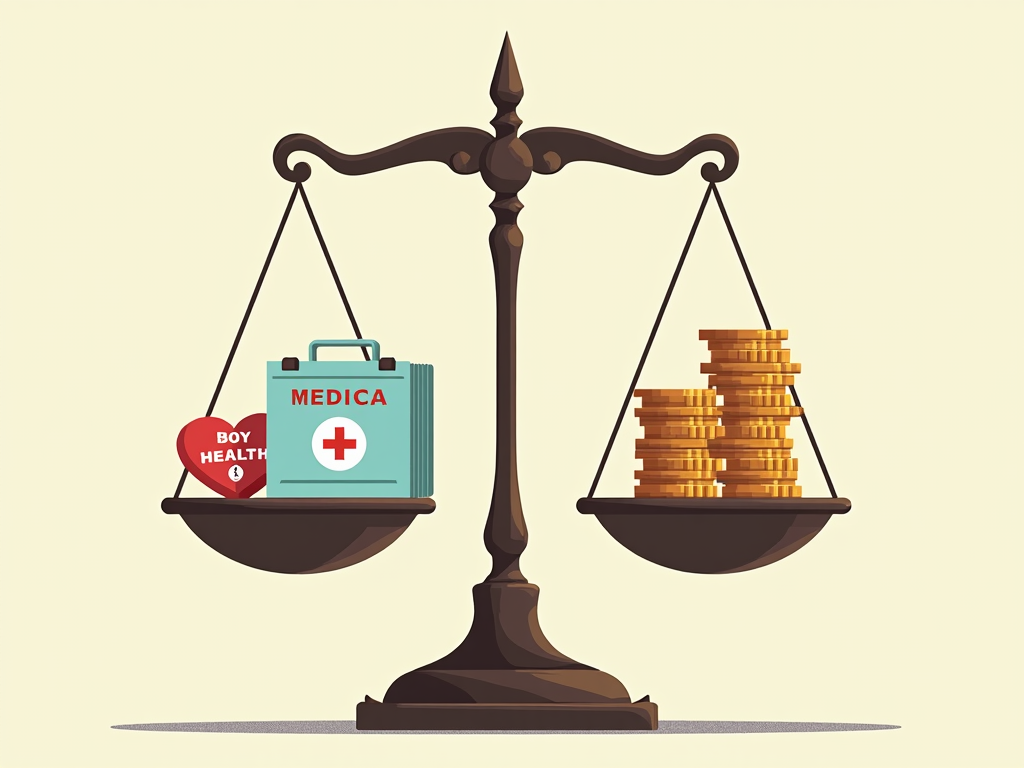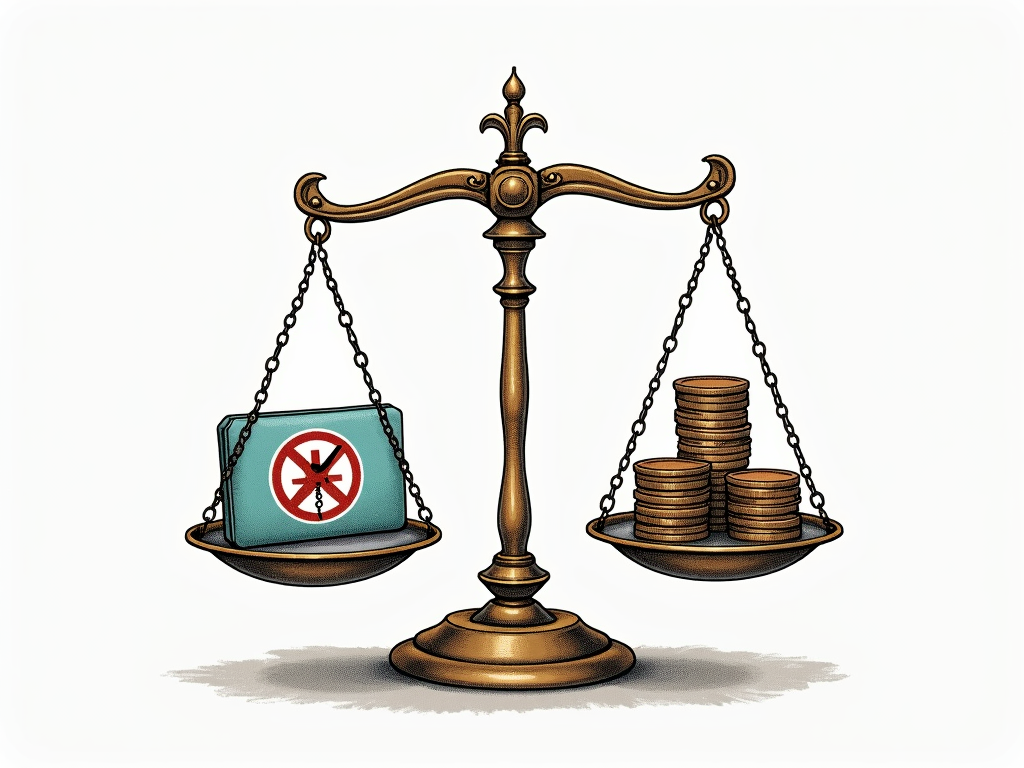Choosing the right health insurance is often a matter of balancing benefits and costs. Private health insurance (PKV) offers a wide range of advantages, but also challenges to consider. This article highlights the differences compared to public health insurance (GKV) and explains for whom a switch to PKV might make sense. From the best medical services to financial considerations, we take a detailed look at the aspects that should particularly concern investors and private savers.
PKV vs. GKV: A comprehensive analysis of their pros and cons

The choice between private health insurance (PKV) and public health insurance (GKV) is crucial and heavily depends on individual needs and financial situation. There are clear advantages and disadvantages on both sides that potential insured individuals must carefully evaluate to make an informed decision.
One of the biggest advantages of PKV is the ability to customize benefits. Insured individuals can tailor their coverage to meet their exact medical needs. This degree of flexibility means that if necessary, they can consult specialized clinics and highly qualified specialists, which is often associated with shorter waiting times. Furthermore, benefits, once contractually fixed, are guaranteed and cannot be unilaterally altered, thus providing insured individuals with security for the future.
On the other hand, GKV stands out particularly for its principle of solidarity. Here, contributions are based on income, which is particularly advantageous for lower incomes. There is the possibility of family insurance at no additional cost: for low-income families or a non-working spouse, this represents a significant financial relief. Additionally, all insured individuals are integrated into the cost distribution, creating a sort of financial umbrella.
However, there are some disadvantages to PKV. Contributions are generally higher and increase with age, depending on individual health and costs. Additionally, there is no free family insurance: each member must be insured individually, which leads to additional costs. Moreover, joining PKV may require a medical examination, which could result in risk adjustments.
Conversely, GKV has the disadvantage of not allowing individual negotiation of services. Statutory benefits can change with legal modifications, resulting in uncertainties for the future. High-income individuals often perceive income-based contributions as a burden since they have no direct influence over the level of services actually provided.
In general, the choice between PKV and GKV is quite complex and requires a thorough evaluation of personal circumstances. While PKV offers more individualized medical services and contribution stability, GKV impresses with a broad solidarity network and a family-oriented approach to costs.
Dynamic costs and long-term contribution strategies of PKV

Private health insurance (PKV) offers a dynamic cost structure that sharply differs from that of public health insurance (GKV). While contributions to GKV are based on income, PKV is based on so-called individual risk factors such as age, health status, and the level of selected benefits. This customized approach allows for an insurance policy tailored to one’s needs, but also presents challenges in the evolution of contributions.
A central element of PKV’s cost structure is the possibility of premium refunds. Insured individuals who do not utilize services for a certain period can receive a partial refund from their providers. This incentive to avoid costs can prove to be a long-term financial advantage, especially for healthy insured individuals who rarely need medical support.
Despite these attractive features, the evolution of contributions in PKV also involves uncertainties. Unlike GKV, where the contribution amount is influenced by general economic factors, contributions in PKV can increase drastically with age. The absence of age-related contribution reductions means that retirees often face high insurance contributions – a significant disadvantage for those planning their retirement on a fixed income.
Another point to consider in PKV is the employer’s contribution. For employees, the employer pays a contribution, but this is based on the amount of GKV. This can lead to increased personal expenses, even with the employer’s contribution, if the services offered by PKV are superior and therefore more costly.
Ultimately, the decision between PKV and GKV strongly depends on individual circumstances. For well-paid and healthy individuals who value flexible benefits and excellent medical care, PKV offers advantages. However, it is crucial to consider the long-term financial implications. Thoughtful and forward-looking planning can help successfully manage the dynamic costs of PKV and best balance insurance coverage.